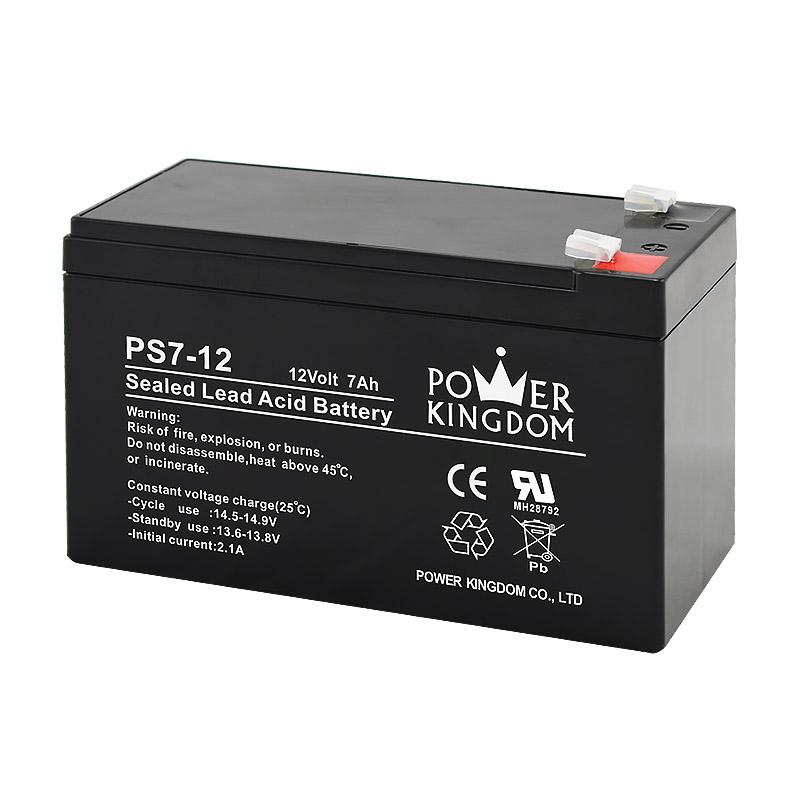The lead-acid battery is a type of rechargeable battery first invented in 1859 by French physicist Gaston Planté. It was the first rechargeable battery for commercial use. Despite its advanced age, the lead chemistry continues to be in wide use today.

There are good reasons for its popularity; lead acid is dependable and inexpensive on a cost-per-watt base. There are few other batteries that deliver bulk power as cheaply as lead acid, and this makes the battery cost-effective for automobiles, golf cars, forklifts, marine and uninterruptible power supplies (UPS).Lead acid is available in large quantities with little worries relating to security of the supply and in a variety of off the shelf pack sizes. Lead acid is great fit for large scale stationary applications where space is abundant and energy requirements are low.
Advantages | Inexpensive and simple to manufacture; low cost per watt-hour Low self-discharge; lowest among rechargeable batteries High specific power, capable of high discharge currents Good low and high temperature performance |
We are here to help you! If you close the chatbox, you will automatically receive a response from us via email. Please be sure to leave your contact details so that we can better assist